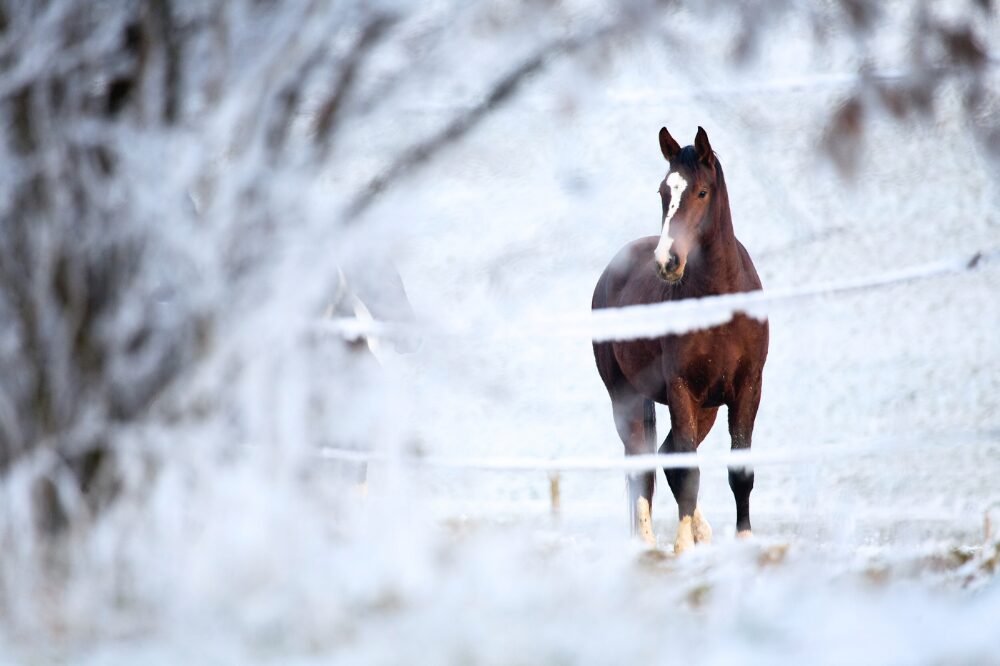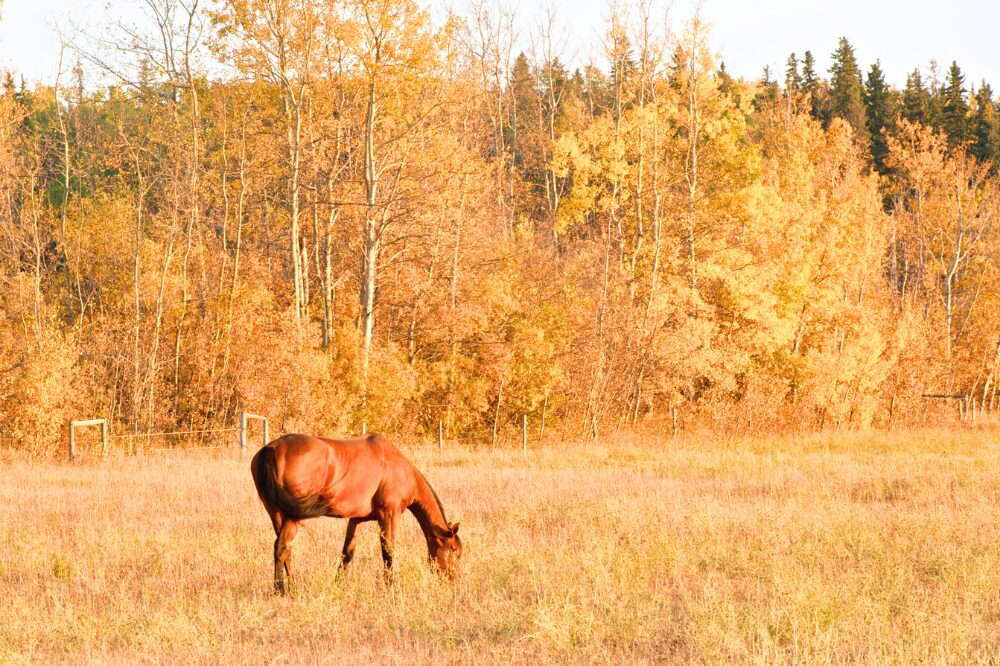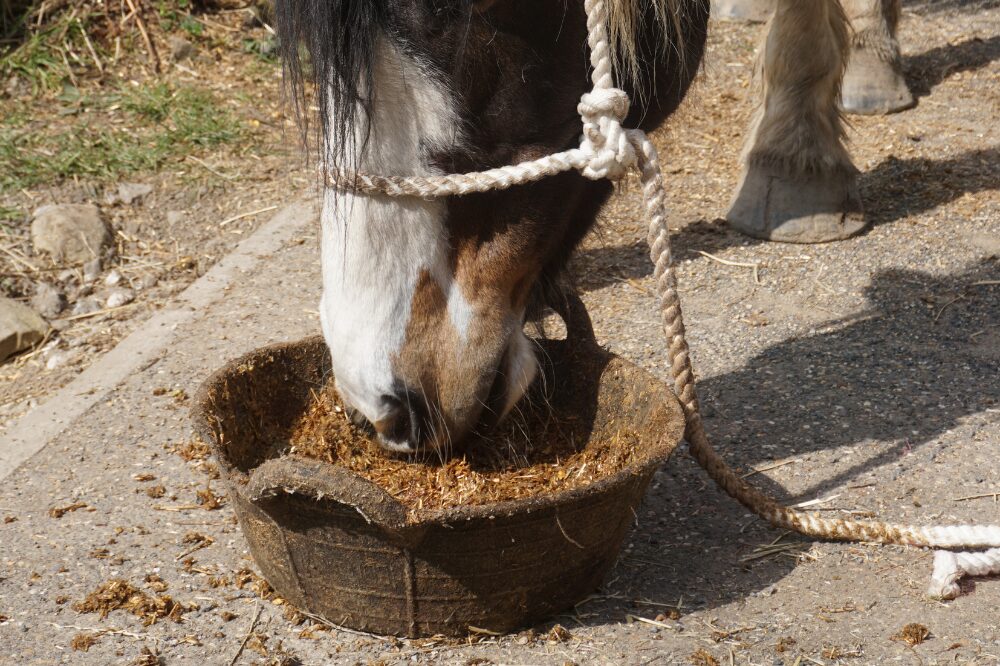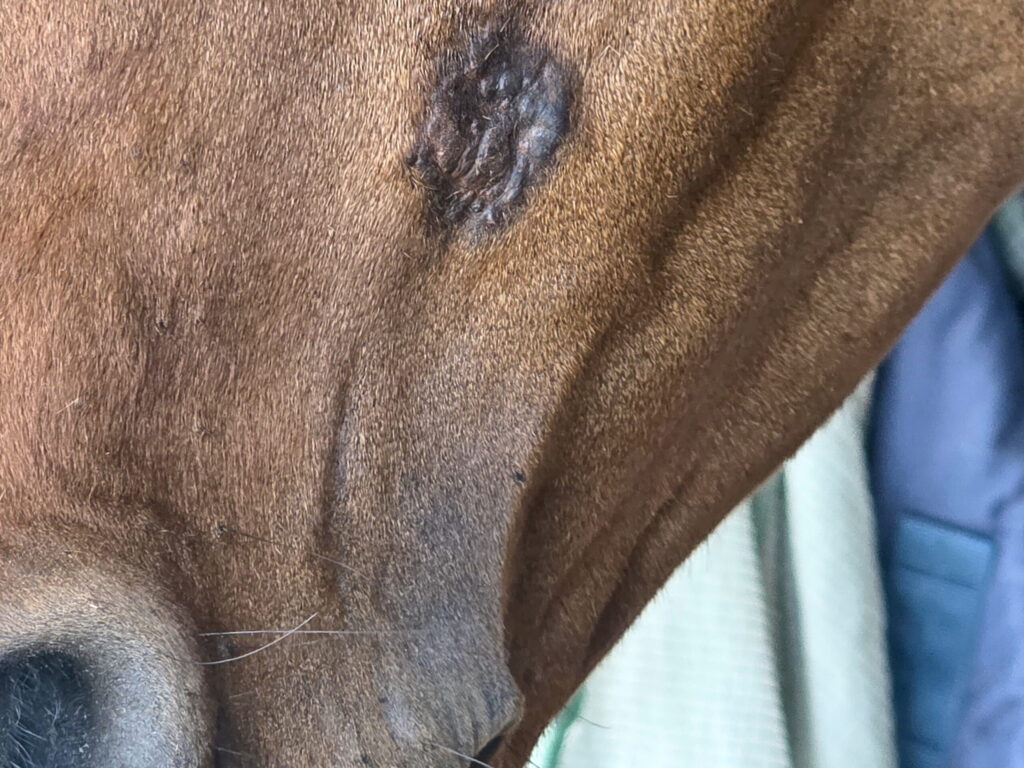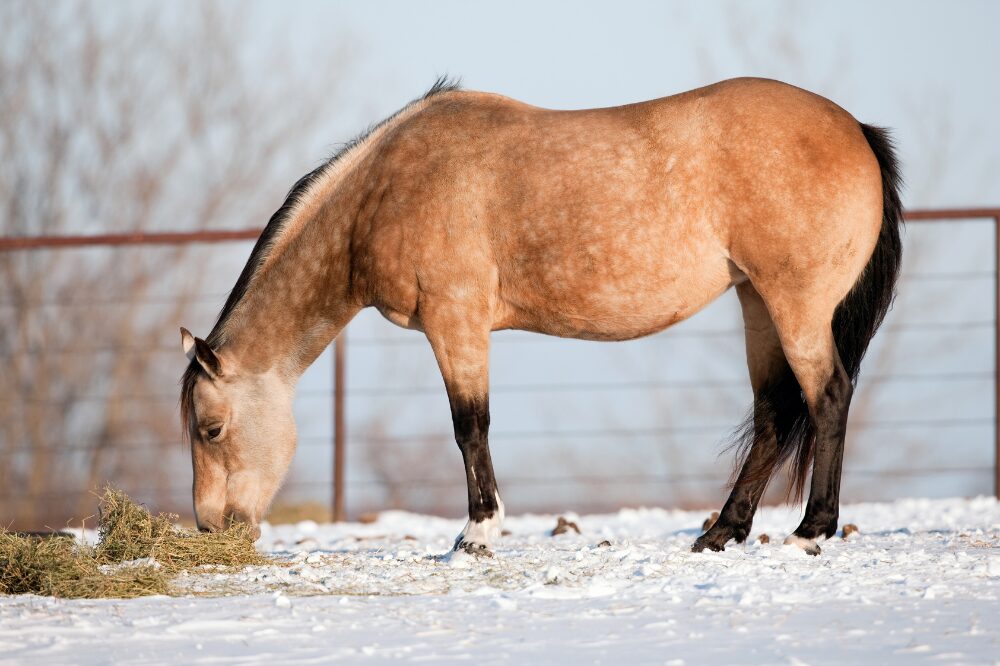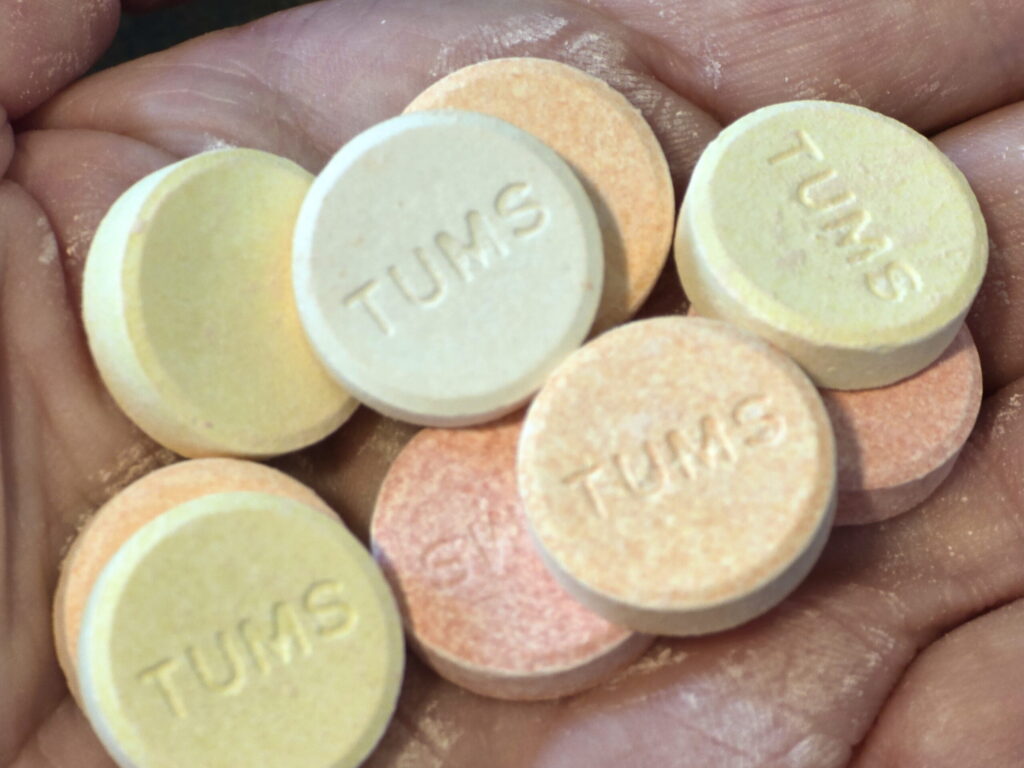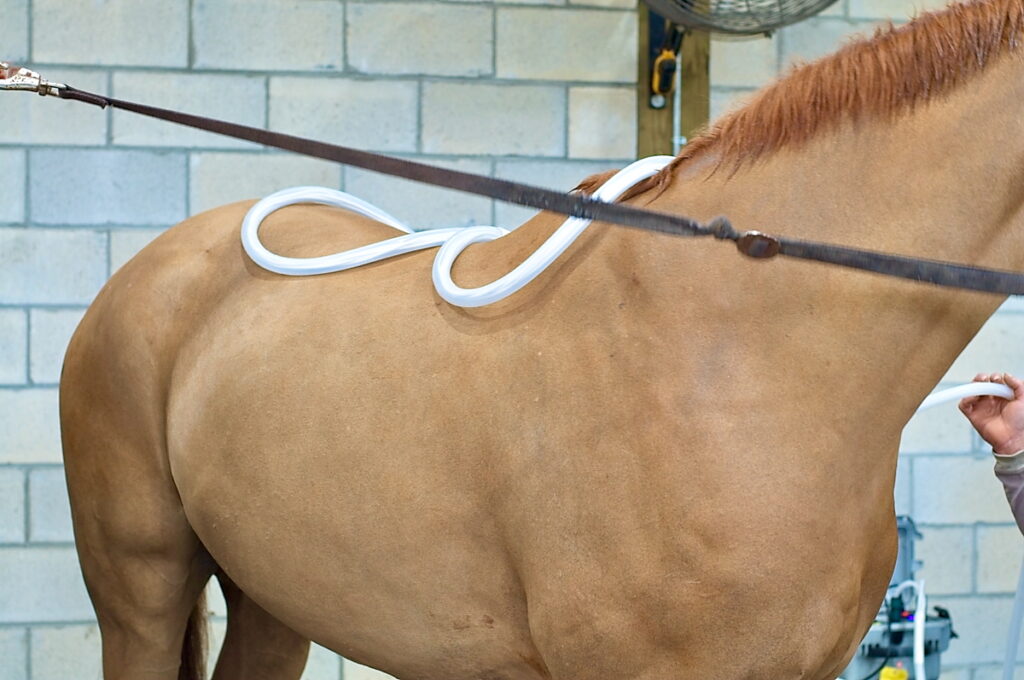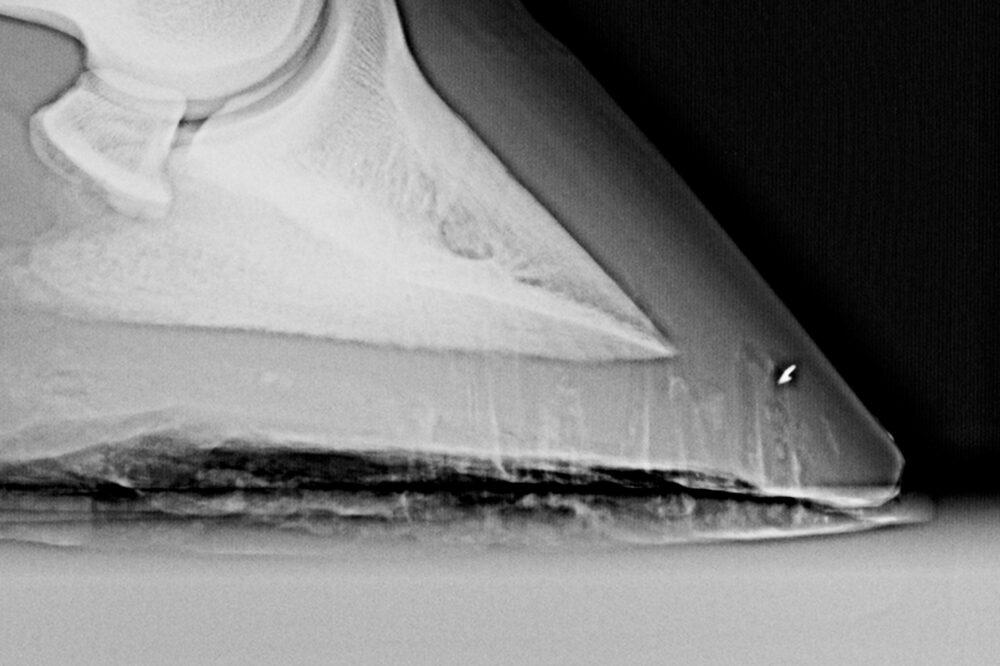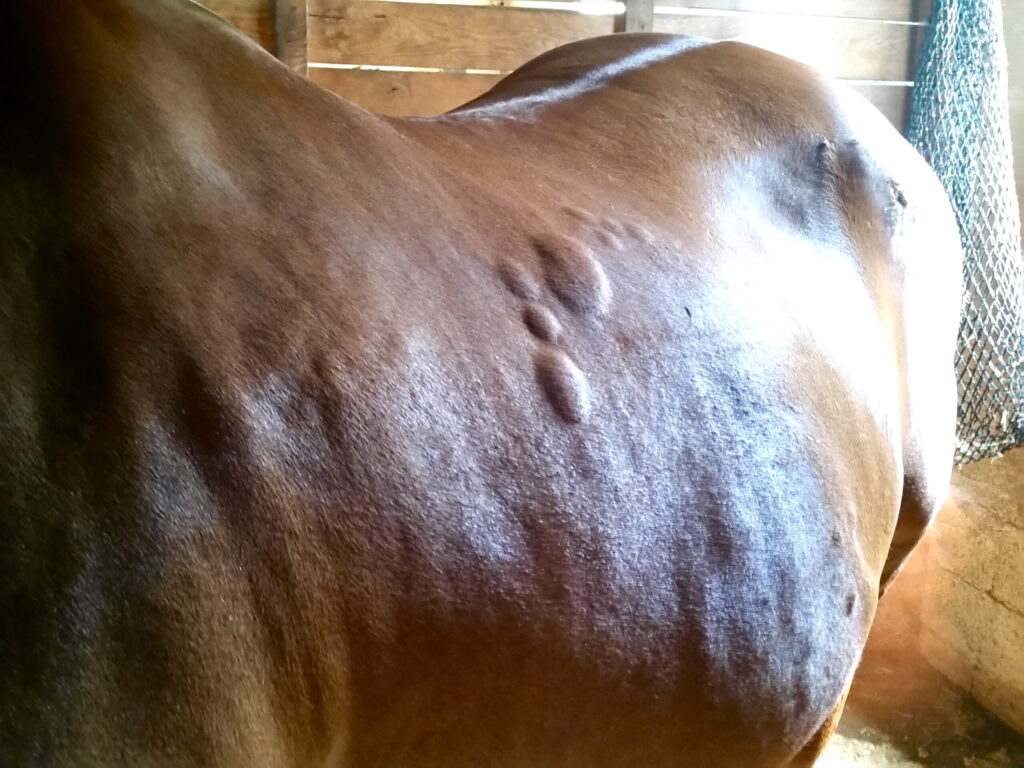Winter Horse Care Mistakes to Avoid
Winter brings a long list of changes for horses, and many problems start when owners assume their warm-weather routine still works. Cold conditions impact hydration, forage needs, hoof care, grooming habits, turnout choices, and shelter management. Prepare early, adjust daily habits, and keep your horses healthy throughout the season.
Winter Horse Care Mistakes to Avoid Read More »

